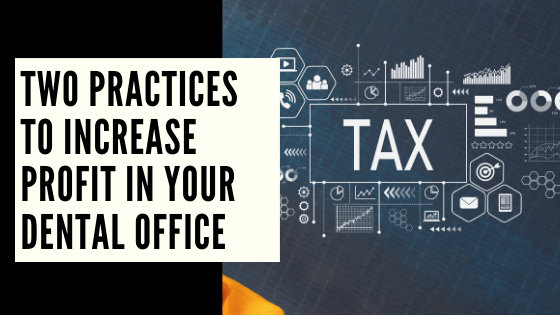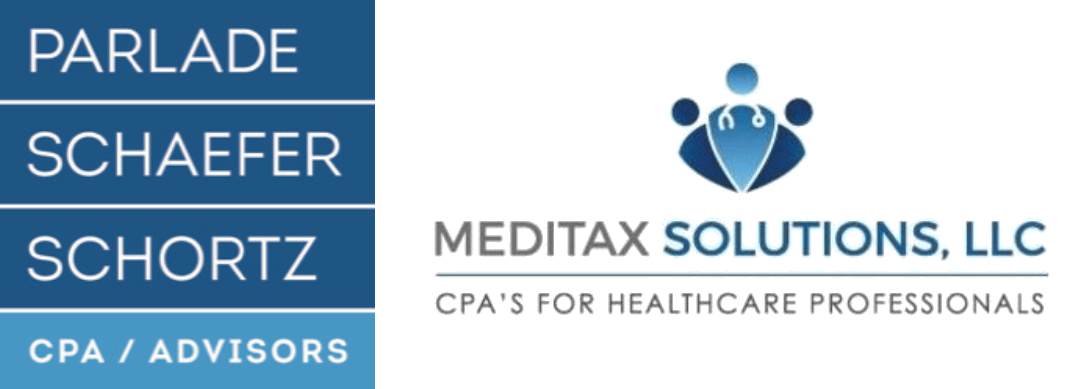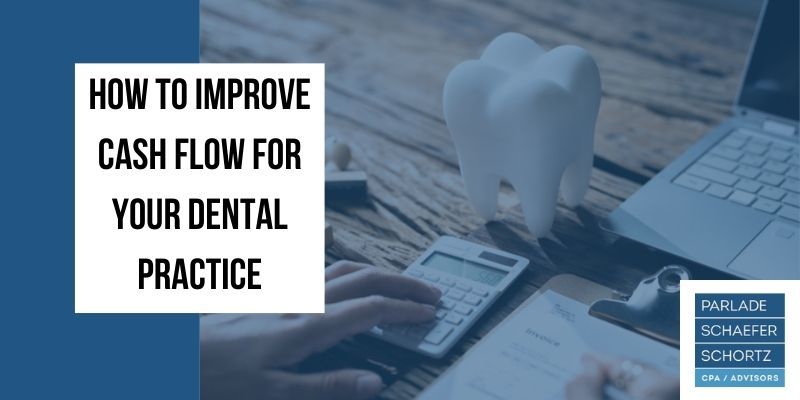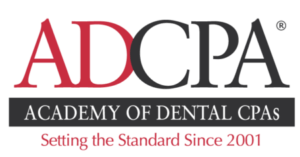TWO Practices to Increase Profit in Your Dental Office

As a dentist, you don’t simply work on teeth you are also a savvy entrepreneur navigating the nuances of running a successful dental practice, AND monitoring that success is your responsibility. You may find yourself wondering how to increase profit in your dental office, and if you are on point with your life goals.
BUT, where do you start? How do you monitor the success of your business? How do you increase profit in your dental office? This is a two-fold process. First, before you can evaluate success you need to know what success looks like to You and that is clarity. Successful entrepreneurs state the most common reason for failure is lack of clarity. All big things begin with it. You can’t get to where you want to be if you are not crystal clear on where you want to go.
To help find your clarity read Running a Successful Dental Practice Starts with a Fundamental Habit. Assuming you have completed the first fold and you have your crystal clear objectives in mind, it’s time for the second fold, evaluation.
How to increase profit in your dental office
Periodically evaluating your practice will maximize the profitability of your clinic or help you decide if the clinic you are interested in acquiring is the right fit. Now the nuts and bolts of it, here’s an evaluation list to get started with to increase profit in your dental office.
Demographics
Evaluate the demographic being served, are you in a community of young families or a retirement community? What are their needs?
This will help guide you into services you may want to expand into, this will guide education and equipment purchases that make sense to the community you serve and will provide you with a better return.
Track patients
Attrition
What is your patient attrition rate? How many patients are not returning? Then, dive into the reasons why and if this could be improved. It may be an external issue, like a slow economy and people are moving away OR more effort may be needed in-house focusing on patient follow-ups and reminders.
This may include friendly reminder postcards or texts that feel warm and inviting. Is the staff environment warm and welcoming? Could staff benefit from a training day to bolster their phone and hospitality skills? From a marketing standpoint, it is easier to profit from previous clients than trying to warm cold leads. It takes more effort to attract and build relationships with new patients. So make sure you are maximizing your warmth and services to patients that have been to see you before.
New Patients
Where are your new patients coming from? Is it word of mouth, a google ad, and/or is your website drawing in the crowd? This information can hone in your marketing efforts. Perhaps your website SEO could be enriched so that you land on the front page of local listings. Ranking well on Google as a local business is less competitive than say a bazillion mom blogs competing for the first page. Registering your business with Google My Business can improve your local rankings.
Preventative Care
How many of your patients are on a preventative care schedule? Aim for 80% of patients being on a hygiene schedule. It is good for your patient’s health and is a service that provides a recurring income. Plus, it is easier to increase services to a person that you already have their trust than trying to recruit new patients.
Hygiene Profitability
Review your hygiene schedule, a general rule of thumb is hygiene should be earning 3x their salary per day. Some practices are transforming from salaried to commission or a combination of the two. This may be a worthwhile assessment to review the pros and cons and if this makes sense to your practice.
Location
If you are looking to acquire a practice it makes sense to assess the saturation of dentists in the area and the local economy. Are you in an area that is up and coming or are people moving away in search of jobs?
Conclusion
This is not an all inclusive list to maximize profits, that is too wide for this article. It doesn’t dive into staff performance, managing inventory, taxes, and so on, but it provides a place to start. The driving point is to begin building your habit of clarity and periodic evaluations. These are two essential habits to keep you on track to success. If you would like guidance with smart financial moves to increase profit in your dental office reach out and we can navigate you to your financial goals.






